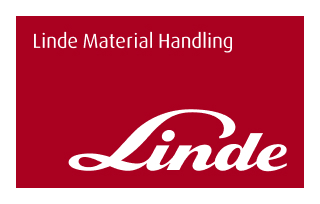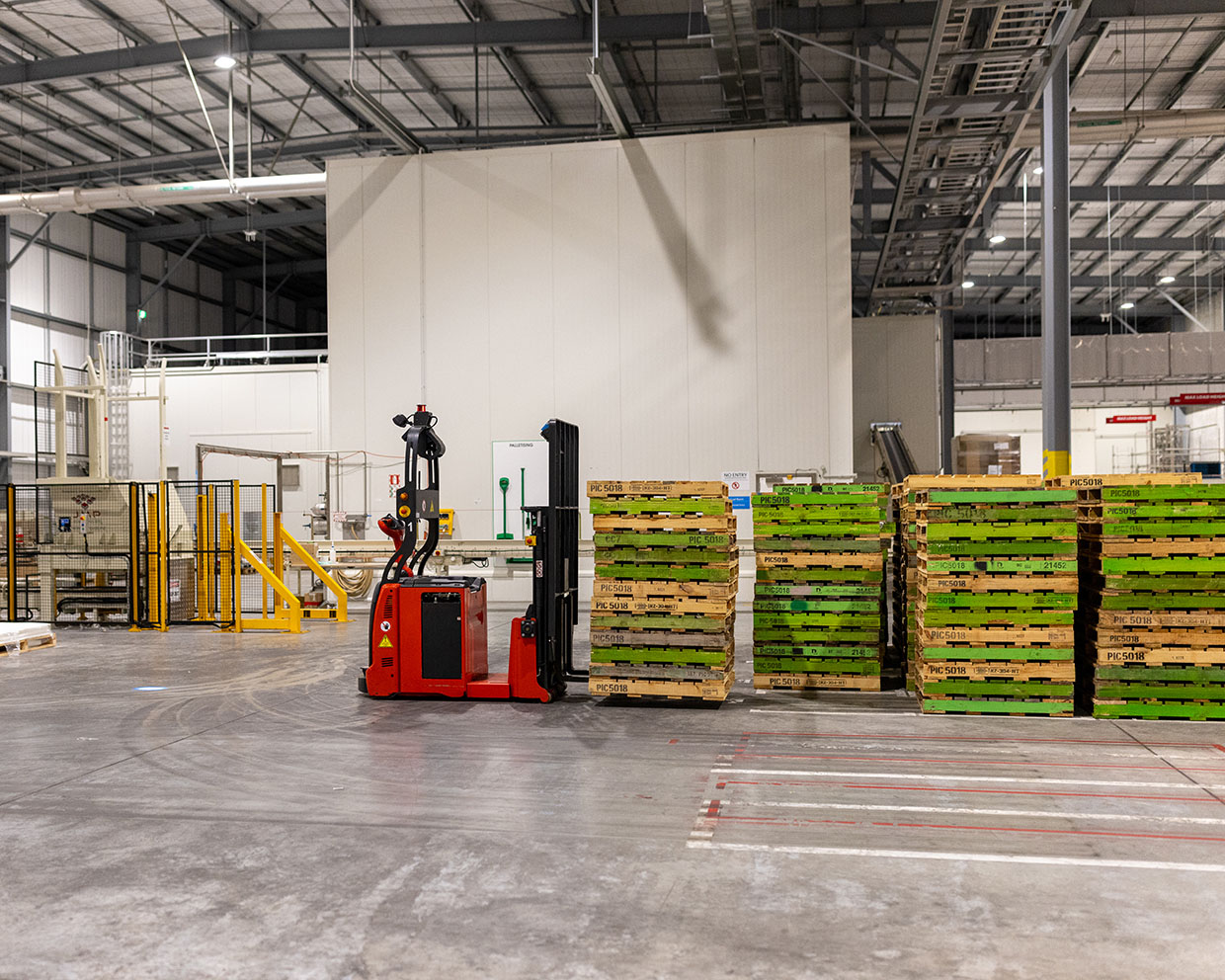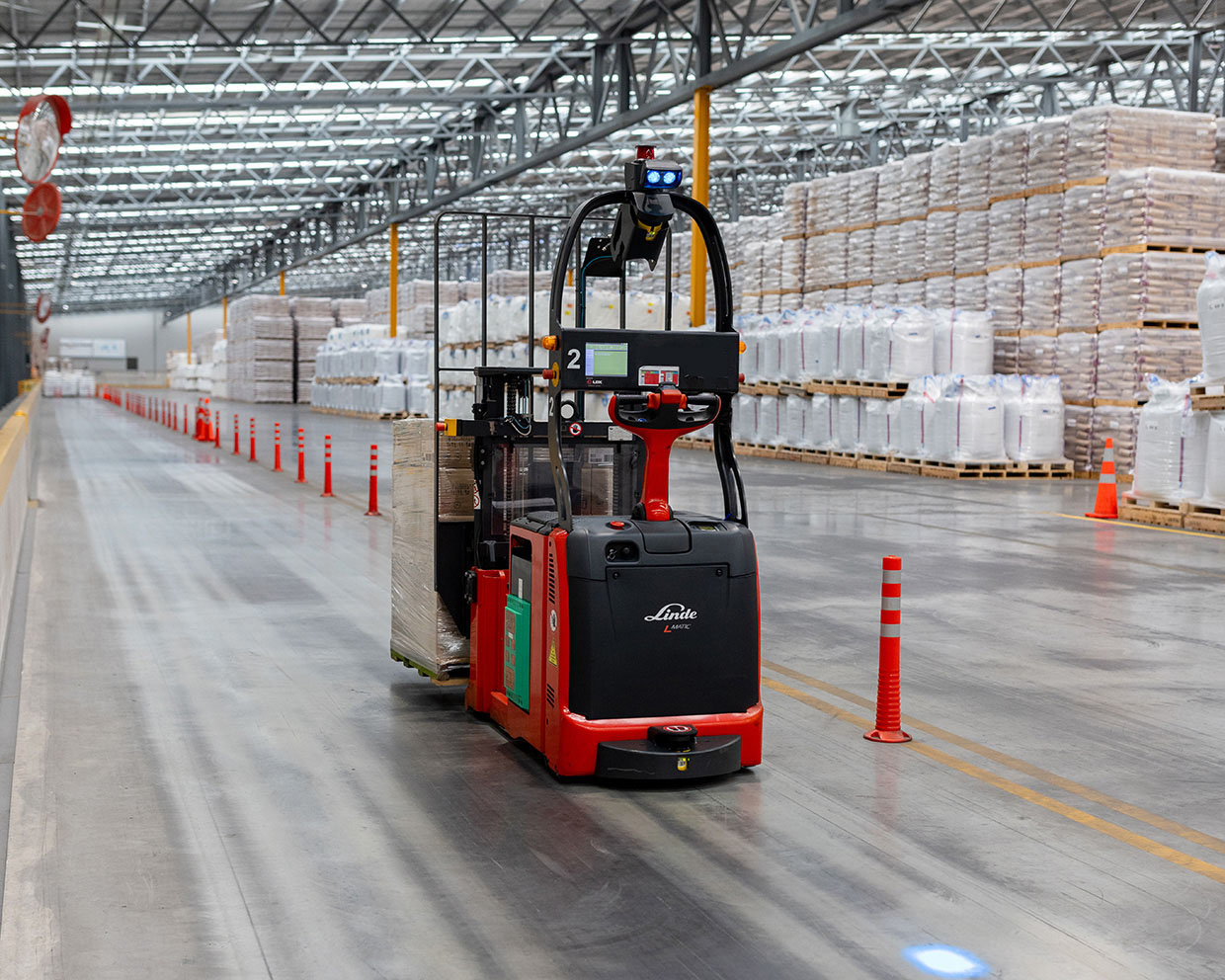- Blog
- General


Materials handling automation is no longer science fiction – it is here, it works, and the scale and scope are expanding day by day.
More organisations are realising that automated procedures ensure consistent, efficient and flexible processes. They significantly boost productivity, minimise personal injury and damage to goods and infrastructure, as well as free up staff from menial tasks.
In response to questions commonly posed by customers, Allan Spackman, Technical Manager - Warehousing Solutions at Linde Material Handling Australia, separates fact from fiction about automation.
Automation is well proven and robust in the materials handling industry - probably more so than many other industries. Automated materials handling has been around for decades and much of the technology available today is more evolutionary than revolutionary, featuring enhancements of earlier machines.
Nowadays, automation is considered in the planning phase of almost every new facility, with many designs incorporating some kind of automation from the get-go. To update a materials handling operation today without automation can place your operation at a disadvantage, potentially leaving you behind the competition.
There are already automated materials handling operations throughout a wide variety of applications and industries in facilities all around Australia and the world. These include retail distribution, beverage, FMCG, 3PL, secure storage, manufacturing, e-Commerce, and many more.
At some point, almost everything that you buy has been handled by some form of automated materials handling. And that is only set to grow.
Yes, automated machines may cost significantly more than their manual counterparts, but in the appropriate applications and with multi-shift operations, automated equipment can pay for itself in as little as 18 months.
The ROI is not just a product of the capital and operating cost considerations, but encompasses a range of benefits, savings and efficiencies. For example, the use of automated machines delivers significant savings by reducing error rates and reducing damage to machine, product and infrastructure, along with other forms of shrinkage.
Automation reduces the impact of personnel-related costs like unscheduled absences, injuries and illnesses in the workplace, amenities and facilities, HR, etc. It also increases productivity overall with its capability for 24/7 operation, no break times or shift changes.
Automated procedures ensure consistent, efficient and flexible processes. Autonomous work teams execute repetitive handling processes independently and reliably.
In materials handling terms, the most consistent and repetitive tasks lend themselves readily to automation. These tasks include:
Automation improves your goods handling times and helps minimise personal injury as well as damage to goods and infrastructure as machines don’t get bored, tired, make mistakes, or take shortcuts.

Automated Guided Vehicles (AGVs), to be compliant with ISO safety standards, must have extremely low failure rates for their safety system components (known as a PL-d rating). This rating is only one step down from that of a commercial passenger aircraft (PL-e)! To put it another way, the rated safety components are measured in “Probability of Dangerous Failure per Hour (PFHd) 1/h” and that probability must be between 0.00001% and 0.0001%.
Comparing this level of safety against that of a human operating a forklift is virtually impossible. As previously mentioned, AGVs have been around for decades now in various forms, many of them pre-dating the aforementioned safety standards, and they continue to be deployed because of their safety.
Most ‘pure’ AGV suppliers are relative newcomers to the materials handling world. In contrast, companies like Linde Material Handling have been around for decades, developing a deep understanding of material flows from delivery through to dispatch.
We also have a long history of producing robust, reliable vehicles suited to materials handling applications in all conditions and we enhance those machines with innovative navigation and robotics technology to deliver a reliable automation solution that helps customers optimise their internal material flows and significantly reduce costs.
It’s also worth noting that few AGVs offer the versatility of manual operation which can be achieved with a ‘converted’ unit that also functions fully autonomously.
It is rare that an existing application cannot be made to work with AGVs. It all comes down to:
Linde Material Handling has successfully helped a number of brownfield operations around the world and, of course, in Australia, to integrate AGVs into their existing operation.
The market is changing, with fewer operators entering the workforce, so there is little risk of current operators being ‘replaced’ by a machine.
Automation is there to take on the simple, menial, time-consuming tasks and allow the humans in the operation to take on higher-value activities, contributing more to the overall operation. Most employers we partner with undergo an upskilling transition with their existing staff (often training the staff about the automation itself) and enjoy stronger results.
So far, they have either been performing new processes that were difficult to find humans to do anyway, or the humans have been upskilled and retained within the business.
While we have been involved in past development projects that paired automation with internal combustion forklifts, the advances in automated charging, opportunity charging, fast charging and battery technology (including the widespread adoption of Lithium-ION technology) have given automation systems unprecedented levels of interaction with power systems, allowing the automation to be far less dependent on human interaction than ever before. Increasingly, AGVs without the automated charging option and Lithium-ION technology are starting to be regarded as only partial automation.
Considering the overall industrial and even societal move toward electrification, transitioning to a fully electric fleet for any operation is recommended. This is also a great first step towards achieving future automation goals.

This could not be more accurate. Moving towards your automated future without fully analysing the whole operation is risky at best. It’s essential to consider not only the impact of each process on your potential automation, but also how the automation can most positively impact each process.
Simply getting a quote on a machine that looks similar to your manual machine will not yield the anticipated results. Best practice is to partner with an automation provider, one that can work with you over quite some time, to understand your operation holistically and build a long-term automation plan to improve your business. As a minimum, this should include recommendations and steps that you may not even see as part of the project, but which are critical to successful implementation. Things like:
While many methods have already been mentioned, there are even more ways to prepare your operation for future automation. The time really is now.
The key word for preparing and planning your automation journey is “consistency”. The more consistent an operation is (in every possible way), the more it will benefit from automation. There are really no exceptions here.
Again, it’s recommended to partner with a provider early, even if the plan to automate is very protracted (10 years + even!). A good provider can alert you to the “low-hanging fruit” that you can change now to prepare, such as charge area layout, traffic management or pedestrian segregation. They should also guide you through slightly bigger changes that you will need to complete for automation to work, such as floor repairs, varying power requirements in the charge area or racking changes. They should even be able to help you build a cost/benefit analysis to determine if perhaps big changes like a greenfield warehouse or a smarter WMS will give you the best results with automation.
Automation is a common topic for discussion among customers and Linde Material Handling has the equipment, the expertise and the solutions to meet almost any need. And Linde’s robotic solutions are largely based on the standard vehicles of the Linde series production, which are well proven.
Combined with innovative navigation technology, which enables robotic vehicles to orient themselves without the need for mirrors or rails, Linde offers a reliable automation solution that helps customers optimise their internal material flows and significantly reduce costs.
To learn more about our automation solutions click here, and if you’d like to keep up to date with the latest in material handling safety and innovation, visit our Content Hub and subscribe to our quarterly newsletter.
VISIT CONTENT HUB